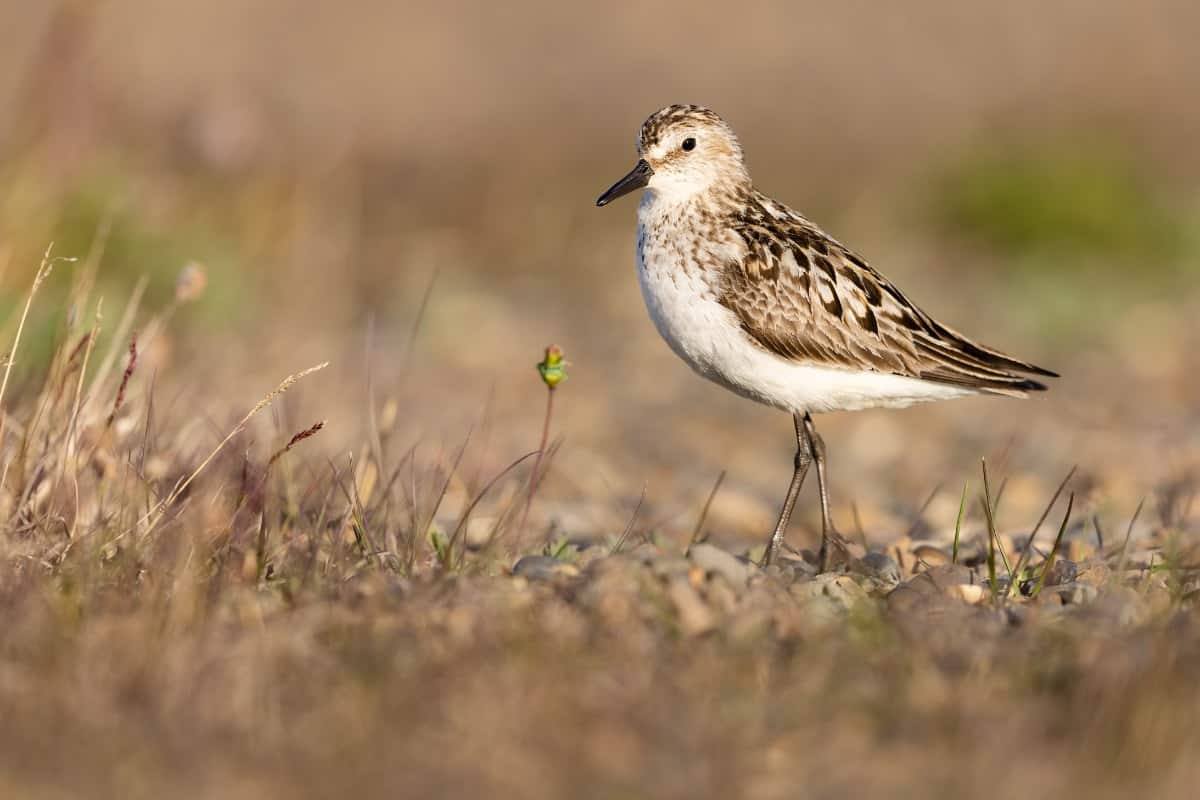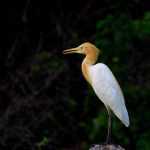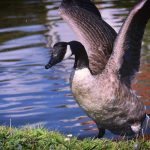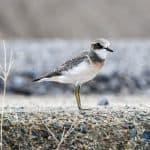Common Name: Semipalmated Sandpiper
Scientific Name: (Calidris pusilla)| Size | Diet | Range in Hawaii | Status in Hawaii |
|---|---|---|---|
| 6 in. - 7 in. | small crustaceans, mollusks, and aquatic insects | O'ahu, Kaua'i, Moloka'i, and Maui, | Near Threatened |
The Semipalmated Sandpiper, also known as Calidris pusilla, is a small shorebird species that is native to North America. While the species is not native to Hawaii, it has been known to make occasional appearances on the islands as a non-breeding visitor and vagrant. With its distinctive appearance and unique foraging behavior, the Semipalmated Sandpiper is a fascinating bird species that has captured the attention of birdwatchers and avian enthusiasts around the world.
In this article, we will explore the world of the Semipalmated Sandpiper, its unique characteristics, and its occasional presence in Hawaii.
Semipalmated Sandpiper
Appearance

The Semipalmated Sandpiper is a dainty shorebird with a striking appearance. Measuring around 6 to 7 inches in length, this petite bird boasts a slender body, long wings, and a distinctly pointed bill.
Its plumage is a delightful mix of colors, featuring a brownish-gray upper body with intricate black streaks and a white belly. One of its most unique features is its partially webbed feet, which give rise to its name “semipalmated.”
Diet
The Semipalmated Sandpiper is a petite shorebird with a big appetite. Its diet is a fascinating mix of tiny invertebrates found along the muddy shores and tidal flats it frequents. With its long, slender bill, this bird expertly probes the wet sand for small crustaceans, mollusks, and aquatic insects, plucking them from their hiding spots.
Nesting
Semipalmated Sandpipers create shallow, bowl-shaped nests on the ground, often near water sources. They skillfully line these nests with soft vegetation and downy feathers for the comfort and warmth of their soon-to-arrive chicks. Remarkably, the nests can be found in close proximity to other nesting pairs, forming densely packed colonies that provide some protection against predators.
Once the eggs are laid, both the male and female take turns incubating them, sharing the responsibility of keeping their future offspring safe and warm. This cooperative effort ensures the survival of their fragile young in the harsh Arctic environment.
Behavior

During migration, Semipalmated Sandpipers can often be seen in large flocks, flying in tight formations called “spirals” to conserve energy. This cooperative behavior allows them to navigate challenging long-distance flights more efficiently.
On their wintering grounds, these sandpipers exhibit an energetic foraging behavior. They use their distinctive, partially webbed feet to expertly probe the mud and sand, searching for small invertebrates hidden beneath the surface. Their rapid pecking, known as “stitching,” is a mesmerizing sight as they unearth their next meal.
Socially, Semipalmated Sandpipers can be quite gregarious, forming mixed-species flocks with other shorebirds. Their collective movements and synchronized take-offs create a mesmerizing spectacle along coastal shores.
Habitat
During their breeding season, they make their homes in the vast Arctic tundra, where they nest on the open ground, often near water sources. As they embark on their incredible migratory journey, Semipalmated Sandpipers stop over in a variety of habitats. These include mudflats, tidal marshes, and coastal estuaries, where they find an abundance of food to fuel their long flights.
In their wintering grounds, Semipalmated Sandpipers frequent sandy beaches, mudflats, and salt marshes along the coasts of South America.
Range
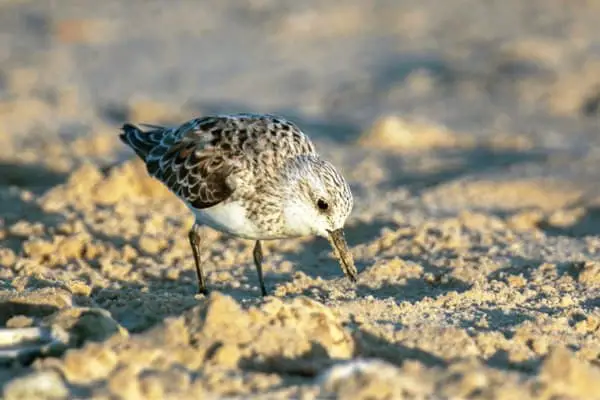
The Semipalmated Sandpiper, a rare visitor to Hawaii, is a migratory shorebird that breeds in northern regions and winters in South America. It has been recorded in small numbers on various Hawaiian islands, including O’ahu, Kaua’i, Moloka’i, and Maui, making occasional appearances during its migration. These sightings are a testament to the species’ long and challenging journey across the Pacific.
Conservation Status
The Semipalmated Sandpiper is currently classified as “Near Threatened” on the IUCN Red List, indicating that its survival is at heightened risk. This change in status highlights the urgency of proactive conservation measures to ensure the species’ survival amid a changing environment and growing human pressures.
Interesting Facts
1. Webbed feet
The name “semipalmated” comes from the Latin “semi” (meaning “half”) and “palmatus” (meaning “webbed”). This refers to the partially webbed feet of the bird, an adaptation that helps it navigate muddy and sandy shorelines with ease.
2. Flocks
During migration, Semipalmated Sandpipers can form massive flocks, sometimes numbering in the tens of thousands. Their synchronized movements, such as the famous “plover ballet,” are a mesmerizing sight.
3. Precise timing
These sandpipers have an incredible sense of timing. They typically begin their migration south just as the peak of insect hatching occurs in the Arctic, ensuring an ample food supply for their chicks.
4. Egg mimicry
Semipalmated Sandpipers have evolved a clever strategy to protect their nests. They often place their eggs near rocks or pebbles, creating the illusion of more substantial objects, which may deter predators from approaching.
5. Cultural significance
Semipalmated Sandpipers hold cultural significance for many indigenous peoples in the Arctic regions where they breed. They are celebrated in local traditions and stories.
Frequently Asked Questions
1. Are there any special adaptations that allow Semipalmated Sandpipers to survive in Arctic conditions?
Their plumage changes during the breeding season, becoming reddish-brown on their heads, necks, and breasts. This helps them blend into the Arctic tundra landscape, providing camouflage from potential predators.
2. Can I attract Semipalmated Sandpipers to my backyard bird feeder?
Semipalmated Sandpipers are not typically attracted to backyard feeders. They feed primarily on small invertebrates found in coastal habitats.
3. What is the Semipalmated Sandpiper’s lifespan?
Semipalmated Sandpipers can live for up to 7-8 years, which is relatively long for a small shorebird.
4. Can I observe Semipalmated Sandpipers in my area?
The opportunity to observe Semipalmated Sandpipers depends on your geographic location. They are more commonly seen in coastal regions and wetlands, especially during migration.
5. How can I get involved in Semipalmated Sandpiper conservation?
You can get involved by supporting organizations dedicated to shorebird conservation, volunteering for bird surveys and habitat restoration projects, and educating others about the importance of protecting these remarkable birds.
